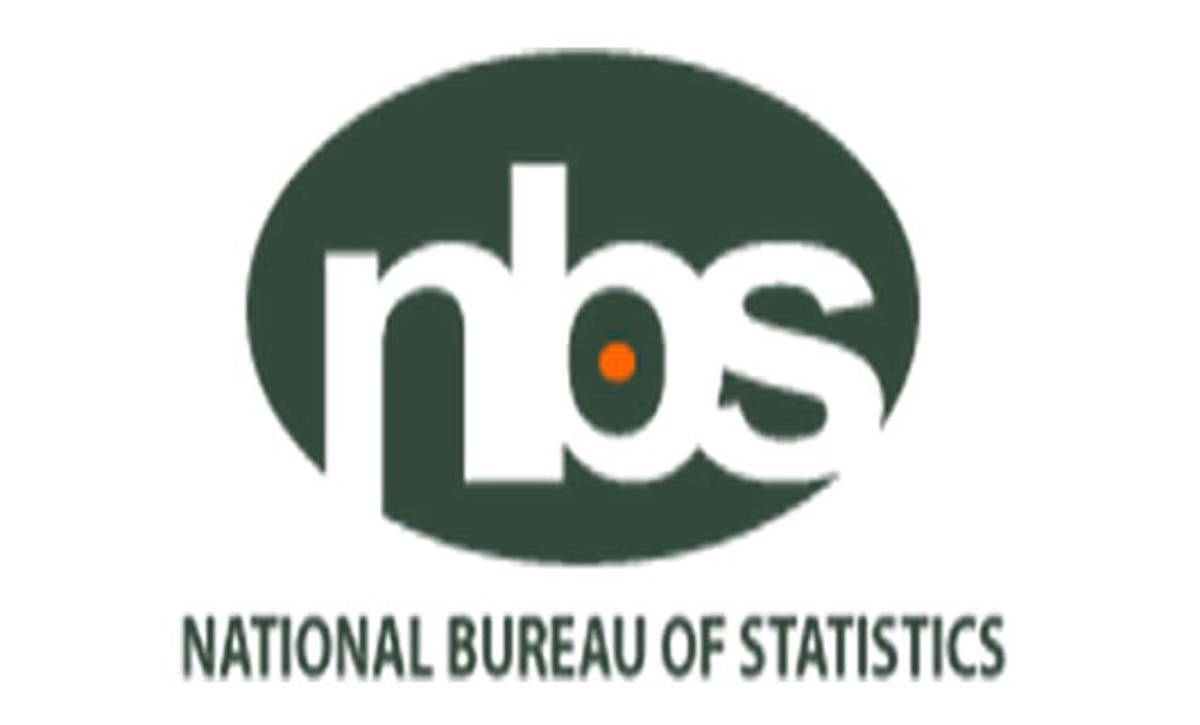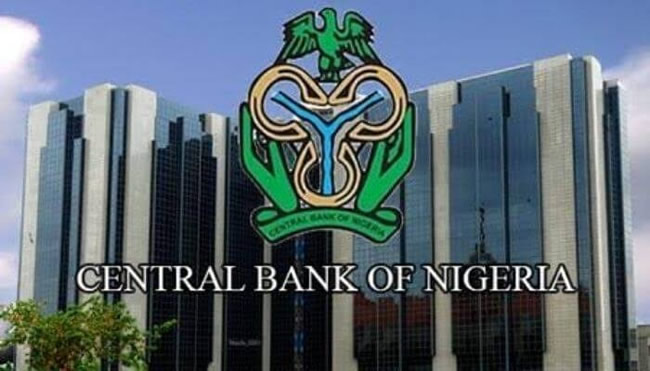Staple Food Items Are Driving Inflationary Pressure In Nigeria

The National Bureau of Statistics (NBS) painted a comforting picture of the level of inflation in Nigeria with its latest inflation rate at 17.75 per cent in June 2021, which represents a decline from 17.93 per cent recorded in the previous month.
Despite the toning down, it is a fact that the consumer price index (CPI) rose by as much as 17.75 per cent in June 2021, in contrast to its corresponding period of 2020. This means that while it seems that Nigeria’s inflation has peaked at 18.17 per cent in March 2021, prices of goods and services are still rising in double figures.
Specifically, the food sub-index of the CPI rose by 21.83 per cent year-on-year from 363.9 points in June 2020 to 443.4 points in June 2021, which has eroded the purchasing power of Nigerians. We take a look at the food items that have contributed the most to the persistent increase in prices and the galloping inflationary pressure in the country.
A cursory look at the inflation report reveals that the food items driving the current inflationary pressure in the country include bread and cereals, potatoes, yam and other tubers, milk, cheese and eggs, fish, soft drinks, vegetables, oils and fats and meat amongst others.
Meanwhile, the food price report of the NBS shows food items that recorded over 25 per cent year-on-year increase in price in the month of June 2021. Notably, the price of beans surged by 66.47 per cent year-on-year in June, the highest on the list while garri followed in the same vein with a 51.01 per cent increase in price.
Maize, an important food item used in the production of many other human consumables as well as feeds for animals also surged by as much as 49.2 per cent in the review period while the price of garri, onion, and palm oil recorded 40.3 per cent, 35.3 per cent, and 28.6 per cent increase respectively.
Nairametrics food price survey, which takes into account the changes in the price of major food items in Lagos State also reveals a significant surge in the prices of these listed items. According to the data obtained from Nairametrics research, the price of pepper skyrocketed by 171 per cent between July 2020 and 2021.
Also, the price of a big basket of tomatoes surged by 166.7 per cent to sell at an average of N40,000 within the space of one year, while a big bag of brown beans recorded a 158.8 per cent increase in price. The big bag of brown beans was sold for an average of N29,750 as of July 2020, but now sells for an average of N77,000 in major markets in Lagos State.
A larger part of the problem of rising food prices has been attributed to insecurity in the food producing states in the country, with kidnappings and killings on the high in the northern region of Nigeria.
This has caused fear and panic amongst the farmers, forcing them to stay at home consequently affecting food supply to most parts of the country, especially the south as they basically depend on the supply from the north for most of their food supplies.
While talking to a pepper seller at Mile-12 market in Lagos, Mr Usman explained that the increase in the price of food items has been escalated due to the fear of banditry and kidnapping ravaging the northern parts of the country.
He highlighted situations where some farmers were kidnapped and they had to contribute funds in order to secure their release through payment of ransom.
Malam Issa a tomatoes seller at the market also supported that, “if the problem of security can be eliminated in the country and farmers are able to go to their farms again, food supply will be restored and a level of stability can be experienced in the prices of food.”
He however, stated that though the problem of insecurity has affected food prices, other factors have also contributed to the persistent increase most of which includes the general increase in the prices of items used to aid cultivation such as fertilizers. He mentioned that the exchange rate depreciation has also affected food prices, as some of the farm produce are also being imported from neighbouring African countries.
The Inflation rate of an economy gives a picture of the rate of increase or decrease in the prices of goods and services in the country. In simpler terms, inflation depicts an economic situation where there is a general rise in the prices of goods and services.
While the inflation rate indicates a level of growth in the economy, an increase in the prices of food items especially at such a rapid pace is an undesirable development for Nigerians and businesses alike who are still grappling with the effect of the covid-19 lockdown.
With Nigeria’s inflation rate still so high, the income of average Nigerians still at the same level, and the dearth of investment options in the country that can outperform the inflation rate in terms of returns on investment, the loss of purchasing power of citizens is inevitable. (Nairametrics)
Despite the toning down, it is a fact that the consumer price index (CPI) rose by as much as 17.75 per cent in June 2021, in contrast to its corresponding period of 2020. This means that while it seems that Nigeria’s inflation has peaked at 18.17 per cent in March 2021, prices of goods and services are still rising in double figures.
Specifically, the food sub-index of the CPI rose by 21.83 per cent year-on-year from 363.9 points in June 2020 to 443.4 points in June 2021, which has eroded the purchasing power of Nigerians. We take a look at the food items that have contributed the most to the persistent increase in prices and the galloping inflationary pressure in the country.
A cursory look at the inflation report reveals that the food items driving the current inflationary pressure in the country include bread and cereals, potatoes, yam and other tubers, milk, cheese and eggs, fish, soft drinks, vegetables, oils and fats and meat amongst others.
Meanwhile, the food price report of the NBS shows food items that recorded over 25 per cent year-on-year increase in price in the month of June 2021. Notably, the price of beans surged by 66.47 per cent year-on-year in June, the highest on the list while garri followed in the same vein with a 51.01 per cent increase in price.
Maize, an important food item used in the production of many other human consumables as well as feeds for animals also surged by as much as 49.2 per cent in the review period while the price of garri, onion, and palm oil recorded 40.3 per cent, 35.3 per cent, and 28.6 per cent increase respectively.
Nairametrics food price survey, which takes into account the changes in the price of major food items in Lagos State also reveals a significant surge in the prices of these listed items. According to the data obtained from Nairametrics research, the price of pepper skyrocketed by 171 per cent between July 2020 and 2021.
Also, the price of a big basket of tomatoes surged by 166.7 per cent to sell at an average of N40,000 within the space of one year, while a big bag of brown beans recorded a 158.8 per cent increase in price. The big bag of brown beans was sold for an average of N29,750 as of July 2020, but now sells for an average of N77,000 in major markets in Lagos State.
A larger part of the problem of rising food prices has been attributed to insecurity in the food producing states in the country, with kidnappings and killings on the high in the northern region of Nigeria.
This has caused fear and panic amongst the farmers, forcing them to stay at home consequently affecting food supply to most parts of the country, especially the south as they basically depend on the supply from the north for most of their food supplies.
While talking to a pepper seller at Mile-12 market in Lagos, Mr Usman explained that the increase in the price of food items has been escalated due to the fear of banditry and kidnapping ravaging the northern parts of the country.
He highlighted situations where some farmers were kidnapped and they had to contribute funds in order to secure their release through payment of ransom.
Malam Issa a tomatoes seller at the market also supported that, “if the problem of security can be eliminated in the country and farmers are able to go to their farms again, food supply will be restored and a level of stability can be experienced in the prices of food.”
He however, stated that though the problem of insecurity has affected food prices, other factors have also contributed to the persistent increase most of which includes the general increase in the prices of items used to aid cultivation such as fertilizers. He mentioned that the exchange rate depreciation has also affected food prices, as some of the farm produce are also being imported from neighbouring African countries.
The Inflation rate of an economy gives a picture of the rate of increase or decrease in the prices of goods and services in the country. In simpler terms, inflation depicts an economic situation where there is a general rise in the prices of goods and services.
While the inflation rate indicates a level of growth in the economy, an increase in the prices of food items especially at such a rapid pace is an undesirable development for Nigerians and businesses alike who are still grappling with the effect of the covid-19 lockdown.
With Nigeria’s inflation rate still so high, the income of average Nigerians still at the same level, and the dearth of investment options in the country that can outperform the inflation rate in terms of returns on investment, the loss of purchasing power of citizens is inevitable. (Nairametrics)







